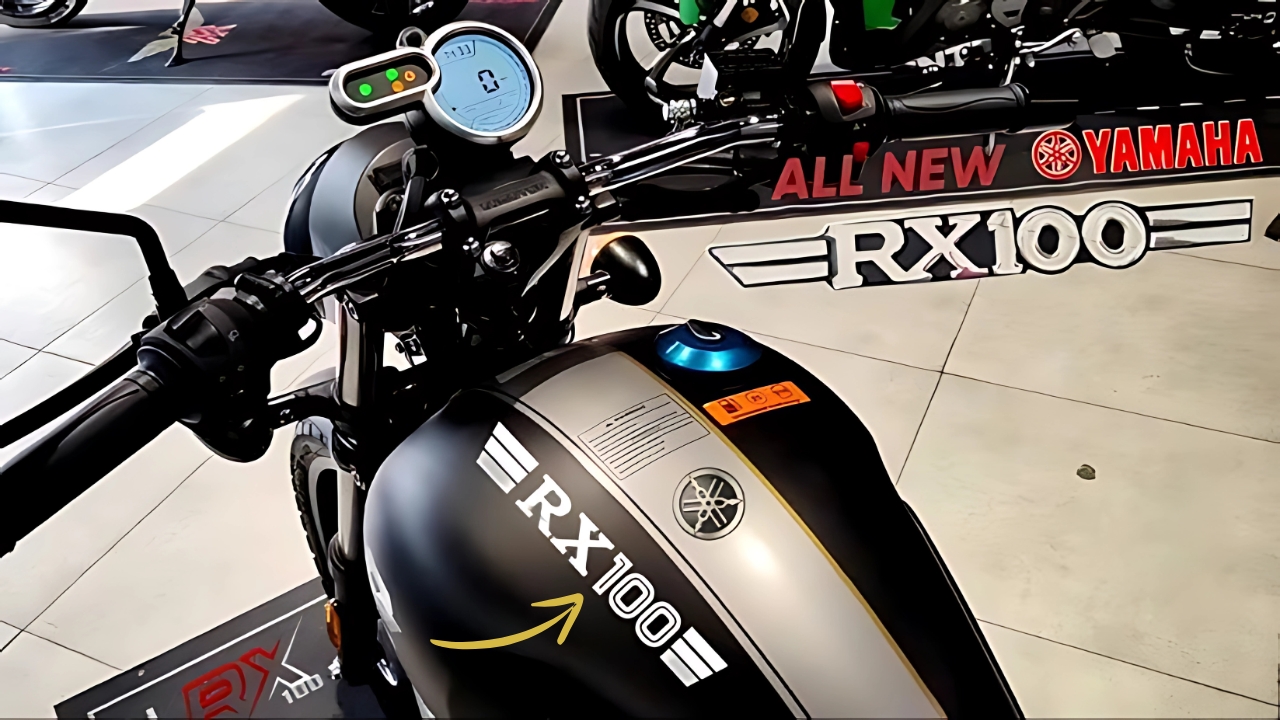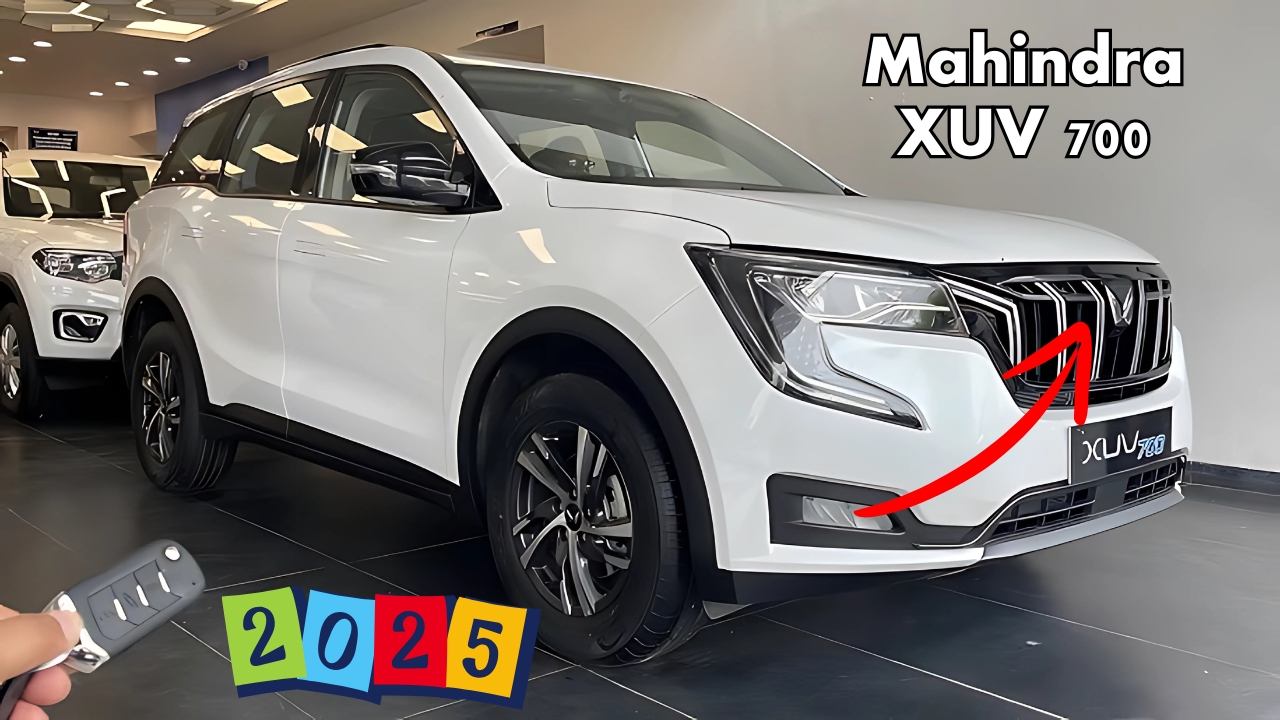Within the realm of Indian motorcycles, the Yamaha RX100 stands out as a legendary icon.
This compact dynamo, recognized for its unique two-stroke roar, not only clinched victories but also captured the hearts of many.
With murmurs of its possible revival circulating, let’s embark on a nostalgic journey and speculate about what the future might hold for this classic motorbike.
The tale of the RX100 kicked off in November 1985, at a time when Yamaha was eager to reinvent itself after disappointing sales figures from the Rajdoot 350.
Drawing inspiration from the success of Suzuki’s AX 100, Yamaha decided to raise the bar.
The RX100 was not just a motorcycle; it was a game-changer. Designed with a lightweight frame and a spirited 98cc two-stroke engine, it outperformed larger competitors with ease.
It was akin to a nimble boxer packing a powerful punch.
What made the RX100 truly special? It began with the ingenious engineering of its engine.
The air-cooled, reed-valve two-stroke single produced 11.2 hp and 10.39 Nm of torque.
While these figures may seem modest compared to today’s high-performance machines, they were impressive enough to make the streets come alive back then.
However, the RX100 was more than just power; it was about the manner in which that power was delivered.
This bike felt like a natural extension of the rider, responding with grace and agility.
Lean into a turn, and it would enthusiastically follow, similar to an eager puppy chasing after a toy.
Twist the throttle, and it would surge forward with an exhilarating rush, bringing a smile to any rider’s face.
The RX100’s defining feature was undoubtedly its sound. That unmistakable two-stroke growl was pure music to motorcycle enthusiasts.
It wasn’t merely a noise; it served as an alluring call to thrill-seekers everywhere. The sound of an RX100 roaring down the street could stop passersby in their tracks.
Produced from 1985 until 1996, its legacy has long outlived its manufacturing era.
Today, well-kept RX100s fetch impressive prices in the second-hand market.
One can often spot these bikes meticulously restored to their former glory, gleaming chrome and all, at vintage motorcycle shows.
What solidified the RX100 as a cult classic? It was more than just speed or sound; it symbolized a paradigm.
In an era when a motorcycle represented luxury for many, the RX100 was an accessible aspiration.
It was thrilling enough to satisfy the speed enthusiast yet practical enough for everyday commuting.
Additionally, the RX100 became a popular choice among racers and modifiers, its straightforward design allowing for extensive customization.
From aftermarket expansion chambers to tuned engines, the RX100 became a playground for motorcycle aficionados.
Even after production ceased in 1996, the RX100’s legacy continued with models like the RXG and RX-Z.
But as regulations tightened and four-stroke engines dominated, the RX100’s two-stroke symphony became a relic of the past.
A Possible Revival
In recent times, chatter about a possible return of the RX100 has emerged.
Yamaha has been relatively silent regarding these rumors, yet the mere thought has ignited enthusiasm within the biking community.
If the gossip is accurate, enthusiasts might see a new RX100 cruising the streets by 2025.
What would a modern RX100 entail? It’s clear it won’t carry the same two-stroke ferocity as its predecessor, thanks to stricter emissions standards.
Instead, we may anticipate a thoroughly modern motorcycle that pays tribute to its legendary forerunner.
The anticipated new RX100 might feature a 98cc, air-cooled, single-cylinder engine.
Although it won’t boast the same raw power of the original, it is still anticipated to deliver a sprightly performance with approximately 10.85 bhp and 10.39 Nm of torque.
Expect the new bike to combine classic aesthetics with contemporary elements, including a round headlamp and an elegantly shaped fuel tank, complemented by modern features like LED lighting and a digital display.
You might spot alloy wheels and disc brakes, a significant upgrade from the original’s wire-spoke wheels and drum brakes.
One notable advancement is likely to be improved fuel efficiency.
Whereas the original RX100 had a reputation for being a gas guzzler, the new version is rumored to achieve around 40 kmpl. Impressive for a performance-oriented bike!
However, modernization often comes with an increased price tag. The new RX100 is expected to retail between ₹1,40,000 to ₹1,50,000.
This represents a considerable rise from the original’s slogan of affordability, but it’s worth noting that this is a completely new motorcycle.
The pressing question remains: Can the new RX100 measure up to the legacy of its predecessor?
Will it embody the same charm and allure that made the original such an icon?
This is indeed a formidable task. The RX100 was not merely a motorcycle; it represented a cultural touchstone. It educated an entire generation on the thrill of speedy riding.
It was the bike that ignited numerous racing dreams, as comfortable on the racetrack as it was on village paths.
If the new RX100 comes to fruition, it will be stepping into a vastly altered landscape. The market is now filled with performance-focused commuters and entry-level sports bikes.
It will need to satisfy buyers seeking the latest technology while maintaining the charm of classic design.
Yet, the legacy of the RX100 teaches us to never undermine the prowess of Yamaha’s engineering.
If the company taps into even a small piece of the original’s enchantment, we might witness the dawn of a fresh legend.
As we eagerly await official news from Yamaha, the RX100’s legend only continues to grow.
The original models are increasingly seen as treasures, adored by fans who cherish the golden era of two-stroke motorcycles in India.
Regardless of whether the new RX100 lives up to its predecessor’s reputation, one fact remains: the original will forever occupy a cherished spot in the hearts of Indian motorcycle enthusiasts.
It was more than a motorcycle; it represented a rite of passage, a dream come true, and a gateway to freedom on two wheels.
So let us celebrate the Yamaha RX100 – the small bike that achieved greatness, did it with flair, and may yet do so again. May its story endure in whatever form it takes on.
And perhaps, soon enough, we’ll once more hear that iconic two-stroke sound echoing down the streets, heralding the return of this motorcycle royalty.






